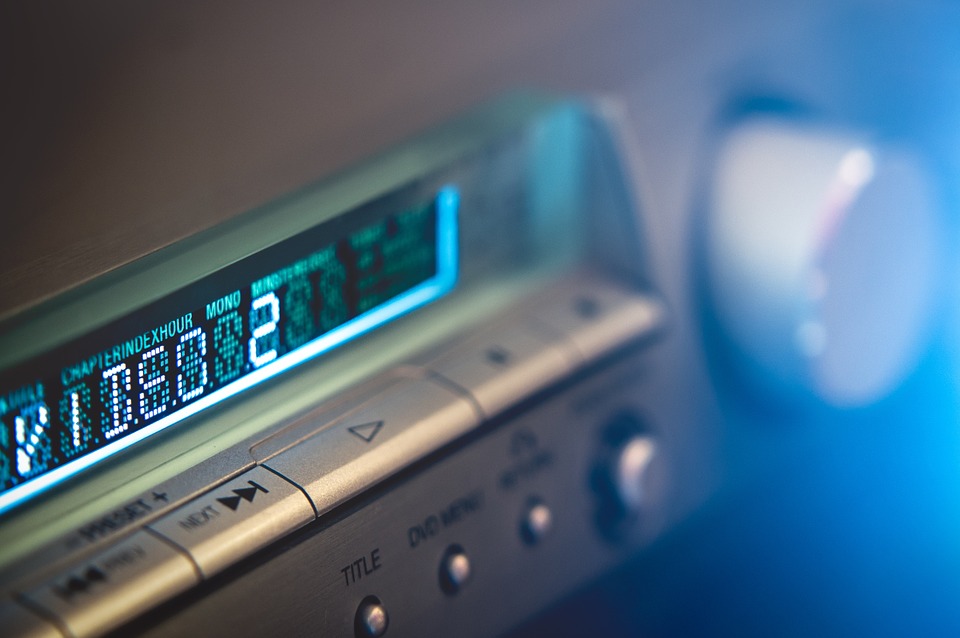
Digital Audio Broadcasting, DAB, is audio that is broadcast typically through a radio.
DAB is where analog audio is converted into a digital signal. That signal is assigned to a particularly channel on either AM or FM frequency.
DAB dates back to the 1980s when the standard for it was initiated by a European research project.
The first launch of it was undertaken by the Norwegian Broadcasting Corporation in June 1995, while the BBC and Swedish Radio launched their own DAB radio broadcasts in September of the same year.
What’s the audio quality like?
Audio quality for DAB can vary, depending on the bitrate and audio material used. But the typical audio quality used by radio stations is 128 kbit/s.
DAB can incorporate multiplexing in which multiple digital signals are transformed into one signal over a shared medium. A DAB ensemble is said to have occurred when various digital radio channels are received on a single transmission.
In 2007 an upgraded version of the system was released, DAB+, but DAB is not forward compatible with it so DAB only receivers cannot pickup DAB+.






